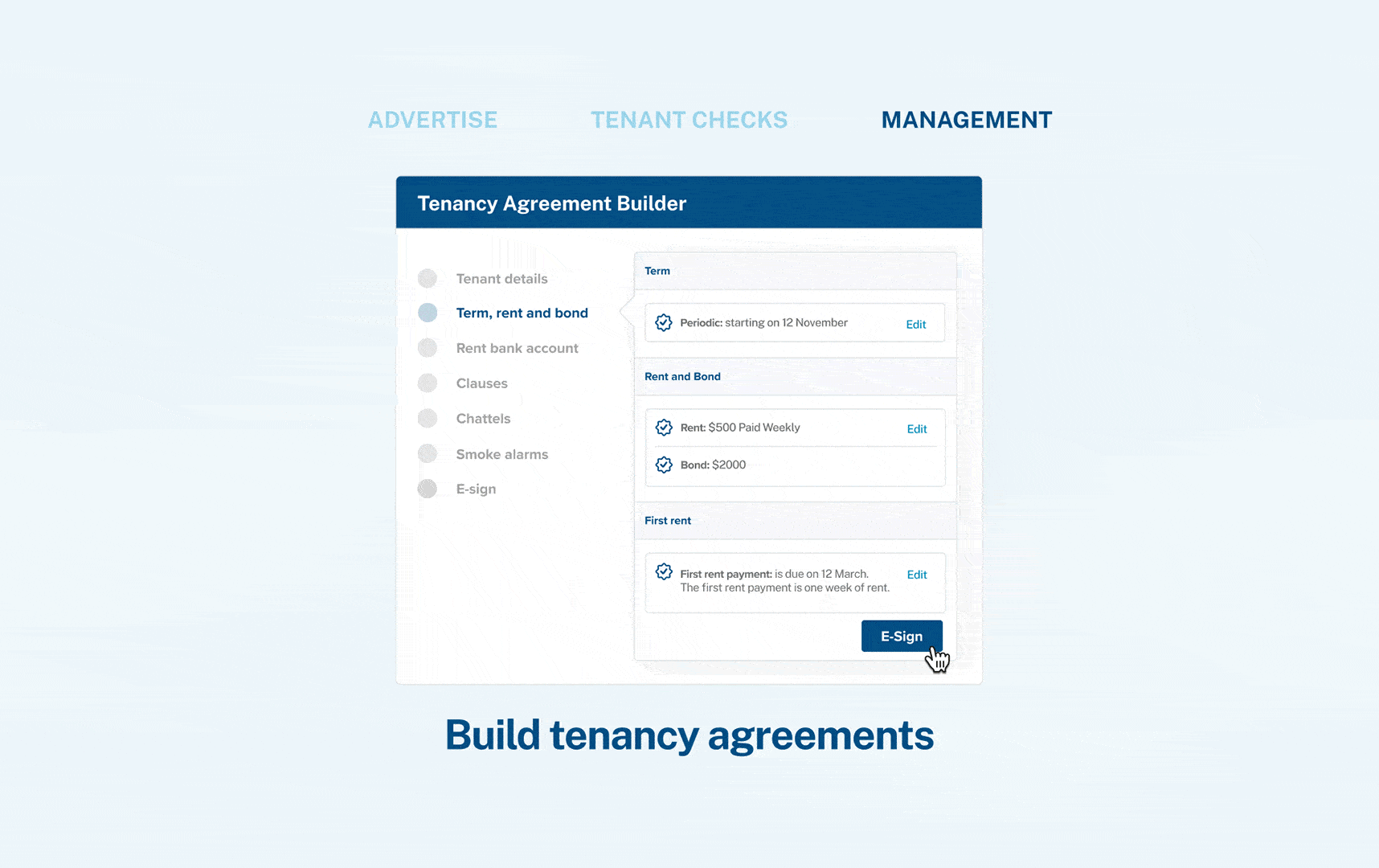What is a Boarding house?
The Residential Tenancies Act defines a boarding house as a residential property containing 1 or more boarding rooms and facilities for communal use; and occupied, or intended to be occupied, by at least 6 tenants.
What is a Boarding establishment?
The new tax law defines the boarding establishment as a property with ten boarding rooms or more that are NOT self-contained and share communal living facilities like bathrooms and kitchens.
Why does it matter?
The boarding establishments do not come under new interest deductibility laws. The "old" tax rules apply. Similar to purchasing a new build, a landlord will still be able to deduct interest for these properties.
Why the difference?
The main intention was to include properties that could not be practically owner-occupied homes.
Setbacks and opportunities
- The definition of the boarding establishment covers premises on one individual land title.
Example: Two separate dwellings with 5 non-self-contained bedrooms each but on one piece of land are likely to fall under one boarding establishment. And thus, interest will be deductible.
- The definition of the boarding establishment requires all ten rooms to be not self-contained.
Example1: If a property has shared laundry, but the rooms have a kitchen and bathroom, they would meet the criteria of being self-contained and therefore would not meet the definition of a boarding establishment.
Example 2: Kitchenettes don't require consent. Therefore, rooms with just a kitchenette rather than a full kitchen would not be considered self-contained. And thus, interest should be deductible.
- The definition of the boarding establishment talks about ten boarding rooms, not the majority of rooms in a dwelling.
Example: If the dwelling has 30 rooms - some independent units, some self-contained units, some boarding non-self-contained rooms, as long as there are at least 10 rooms on the same land that are not self-contained, then the property is likely to be considered a boarding establishment.
- The property can be "topped-up" to suit the definition.
Example: If there is an existing property with 8 rooms with shared facilities. A landlord may choose to install a new cottage on the same land to get to 10 boarding rooms (as long as the cabin is not self-contained). And thus, the interest on the whole boarding establishment will be deductible.
Read more about recent tax changes
Read more about IRD's Special report on interest limitation and additional bright-line changes
The information contained in this article is exclusively for promotional purposes. It does not in any way constitute legal advice and should not be relied upon as the basis for any legal action or contractual dealings. The information is not and does not attempt to be, a comprehensive account of the relevant law in New Zealand. If you require legal advice, you should seek independent legal counsel. myRent.co.nz does not accept any liability that may arise from the use of this information.

